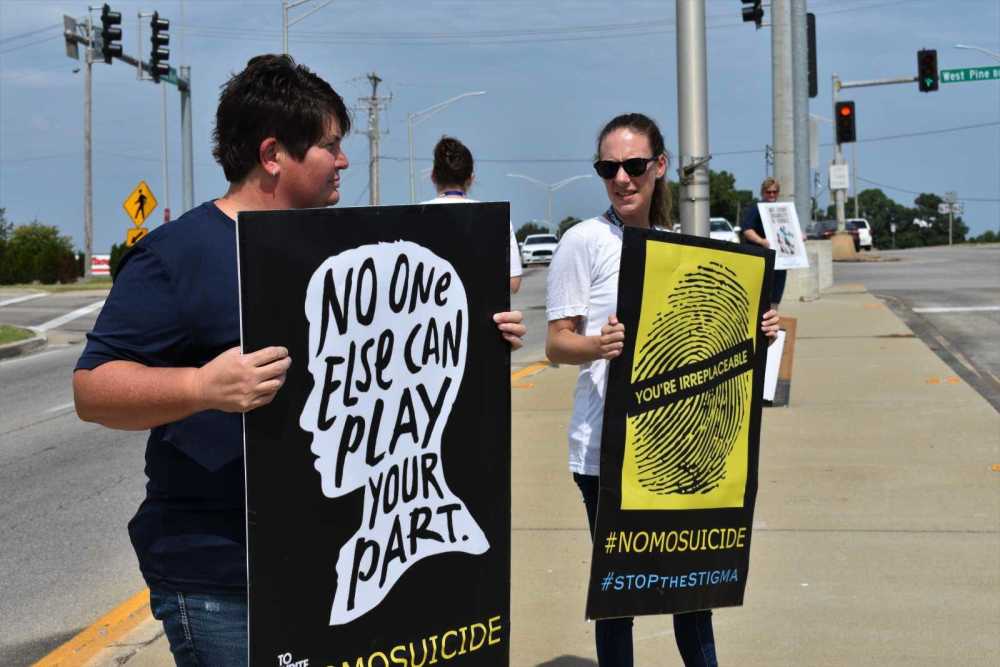Communities can do better in suicide prevention

This week communities are working to bring awareness to the issue of suicide, and this is not an issue that only impacts one community or group of people.
The Centers for Disease Control and Prevention have named suicide as a serious public health problem and one of the leading causes of death in the U.S. Nationally, there’s one death by suicide every 11 minutes. It is the second leading cause of death for people 10 to 34 years of age, the fourth leading cause among people 35 to 54 years of age, and the eighth leading cause among people 55 to 64 years of age.
Americans disproportionately impacted by suicide include veterans and military personnel, people of color, the LGBTQ community and certain occupational groups such as construction, design, entertainment, sports and media, according to the CDC.
Rates of suicide increased in 49 states between 1999 and 2016, according to the CDC’s most recent statistics. In Missouri alone, there was an increase of 36.4% during the same time period.
So what can be done?
The CDC recommends strengthening economic supports, creating protective environments, promoting connectedness, teaching coping methods, strengthening access and delivery of suicide care, and identifying and supporting people at risk.
All of this sounds like a lot to do and it is. None of those are things that will be changed quickly or easily, but one of the easiest things that can be done is to identify and support people at risk.
Identification means knowing and teaching people the signs to look out for in somebody who may be suicidal. During their suicide awareness event on Monday, FCC Behavioral Health handed out information about warning signs.
• Talking about wanting to die or to kill oneself
• Looking for a way to kill oneself, such as searching online for materials or means
• Talking about feeling hopeless or having no reason to live
• Talking about feeling trapped or in unbearable pain
• Talking about being a burden to others
• Increasing the use of alcohol, drugs or misusing medications
• Acting anxious or agitated; behaving recklessly
• Showing rage or talking about seeking revenge
• Sleeping too little or too much, withdrawing, loss of interest or feeling isolated
• Displaying extreme mood swings
However, supporting people with suicidal thoughts takes more than knowing the warning signs. It means talking to them, asking them how they’re feeling, following up in the days after the initial conversation and making sure they know it’s OK to ask for help.
According to the CDC, that last one is one of the main protective factors for suicide. Protective factors buffer individuals from suicidal thoughts and behavior. Of the six protective factors listed on the CDC website, three include connections with other people. Two include access and support from a medical standpoint, but the third is specifically “family and community support (connectedness).”
This is something everybody could do better with; asking friends how they’re doing, listening when they talk about issues they’re dealing with and encouraging them to get help if that’s what you think they need.
We as a community need to care for each other and look out for each other’s safety even if it’s safety from themselves.
— Daily American Republic
